The new Seaward Infiniti is one of very few high-performance skeg kayaks made of lightweight, thermoform plastic. With a choice of both 15- and 17-foot versions, we tested the 17. “High-performance” in this case we assume to mean a design suited for advanced skills that involve edging—because edging is what the Infiniti does best. It may well be named for the number of angles it can be comfortably tilted to.
Unloaded, the Infiniti has a low to moderate initial stability that invites the paddler to take full advantage of its edging capability. The initial stability increases with payload.
The curve of the Infiniti’s shallow-arch hull is subdivided by several hard chines. Where some multi-chine hulls have very distinct “dial in” points that noticeably carve a turn when engaged, the Infiniti behaves more like a soft- chined boat. It edges smoothly to any degree of lean and carves only slightly, while being very easy to turn with the paddle.
Despite this easy turning on edge, the In- finiti tracks very well too. It hardly weather- cocks at all in high winds even without the skeg deployed. In fact, before I figured out the counterintuitive slider—which drops the skeg when pushed forward—I spent a lot of time wondering if the skeg was up or down.
Some kayaks are designed to turn upwind with the skeg up and downwind with the skeg down. This is a tradeoff that gives more options for control in different sea conditions but makes the boat more skeg-dependent. The In- finiti doesn’t go there. The small skeg is helpful—particularly in downwind runs—but not essential.
The Infiniti has a stylish raised deck (casket-style, with hard lines like the NDK Greenlander) that provides ample volume in the cockpit as well as the hatches. The cockpit opening, too, is large. There is space for larger paddlers with inseams up to about 34 inches. The seat pillars are spaced wide enough to give lots of hip room and smaller paddlers can pad them out. The back band, seat and thigh braces are very comfortable, though some complained the skeg control dug into their left knee.
The Infiniti will comfortably fit all but the largest and smallest bodies. Intermediate to advanced paddlers will enjoy it for its combination of edging performance, cargo capacity, good looks and numerous standard features.
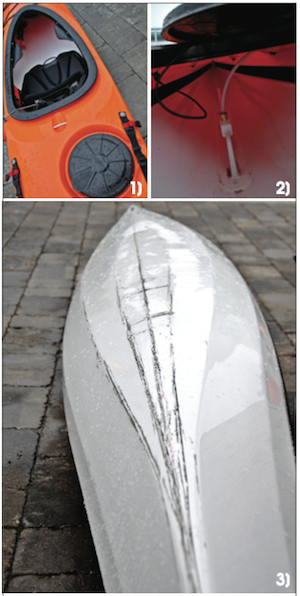 1) Features galore
1) Features galore
Seaward’s bonus features include a com- fortable neoprene back band with ratchet adjustments, paddle float straps with in- genious quick-release buckles (pull the red tab to eject) and a tow (or locking) bar behind the seat.
2) thinking inside the box
The slender skeg box takes up little space in the 90-litre rear hatch. The skeg has an anti-jam design that deploys when you pull on the cable (because the cable attaches to the skeg in front of the pivot point). Inside the Kajak-Sport hatches, total storage capacity is high—224 litres.
3) the edge of infiniti
The hull, distinctive with multiple hard chines like a folding kayak, edges smoothly to any degree of lean. The long waterline and sharp ends provide good speed and tracking when not on edge.
SPECS
length:…………… 17 ft 5 in (532 cm)
width: ……………. 22.5 in (57 cm)
depth: …………… 13 in (33 cm)
cockpit size: …… 33 x 18 in (46 x 33 cm)
total storage:….. 59.2 gal (224 l)
weight: ………….. 52 lbs (23.6 kg)
MSRP: ……………. $2,475 Cdn
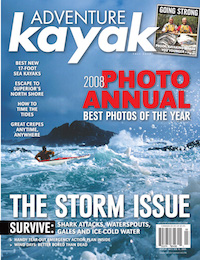 This article first appeared in the Fall 2008 issue of Adventure Kayak magazine. For more boat reviews, subscribe to Adventure Kayak’s print and digital editions here.
This article first appeared in the Fall 2008 issue of Adventure Kayak magazine. For more boat reviews, subscribe to Adventure Kayak’s print and digital editions here.



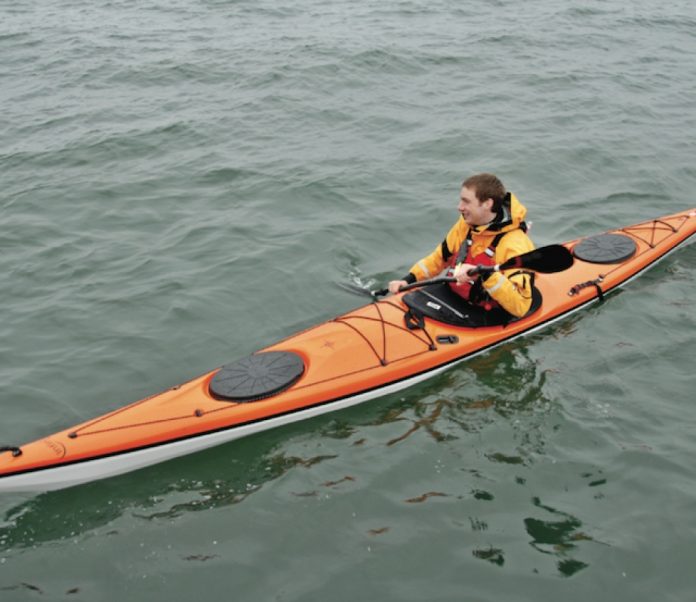
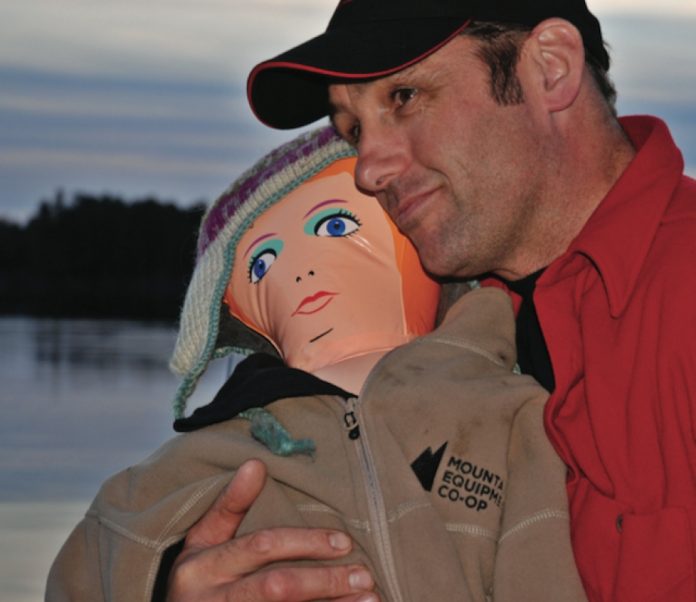
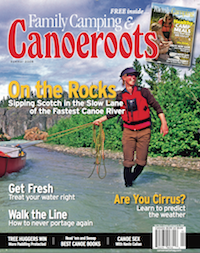 This article first appeared in the Summer 2008 issue of Canoeroots Magazine. For more great content, subscribe to Canoeroots’ print and digital editions
This article first appeared in the Summer 2008 issue of Canoeroots Magazine. For more great content, subscribe to Canoeroots’ print and digital editions 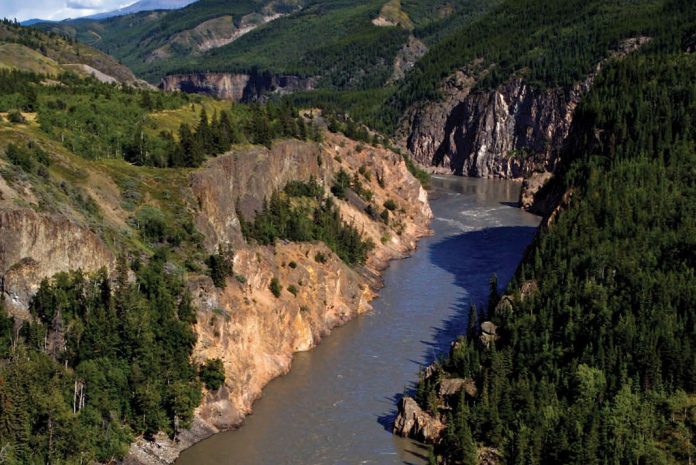

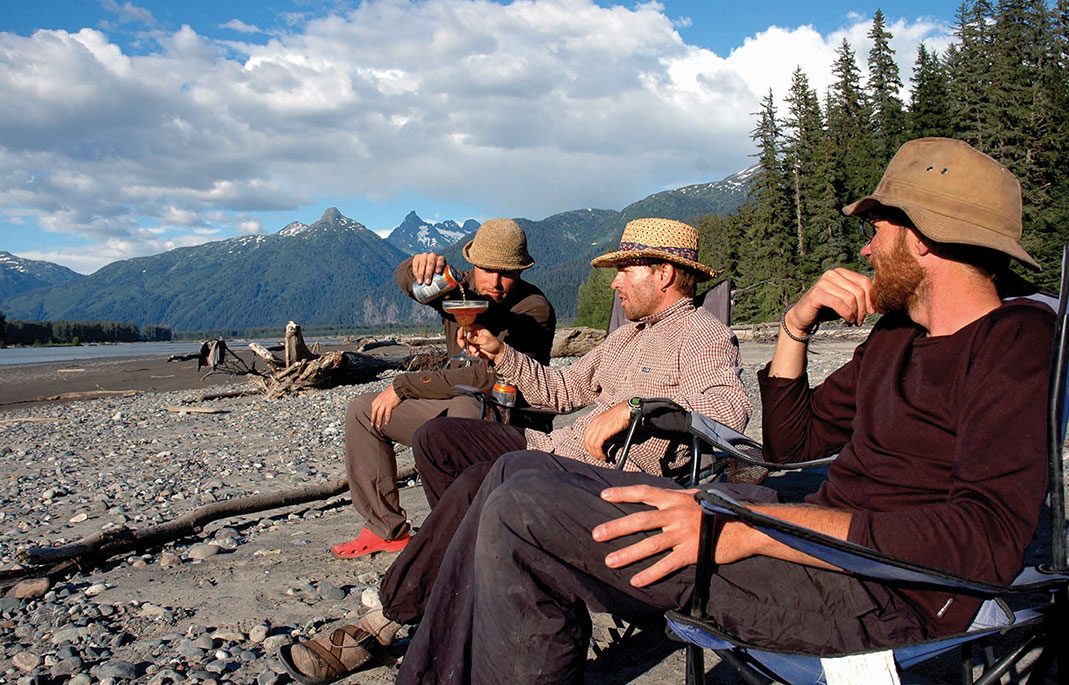
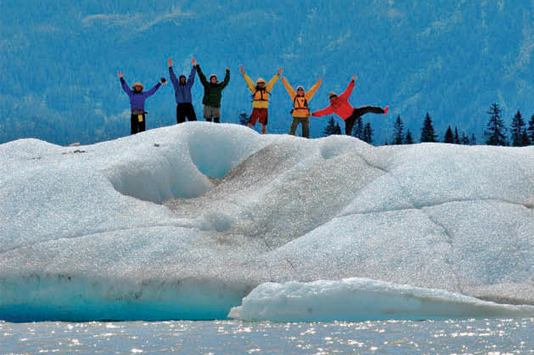
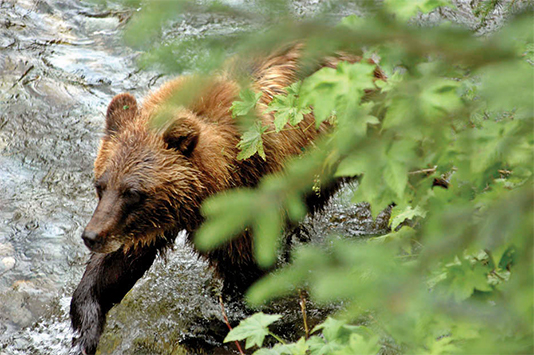

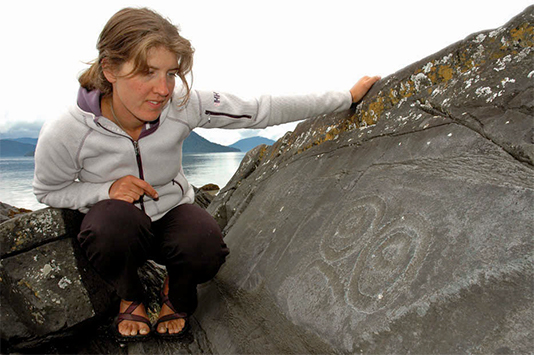
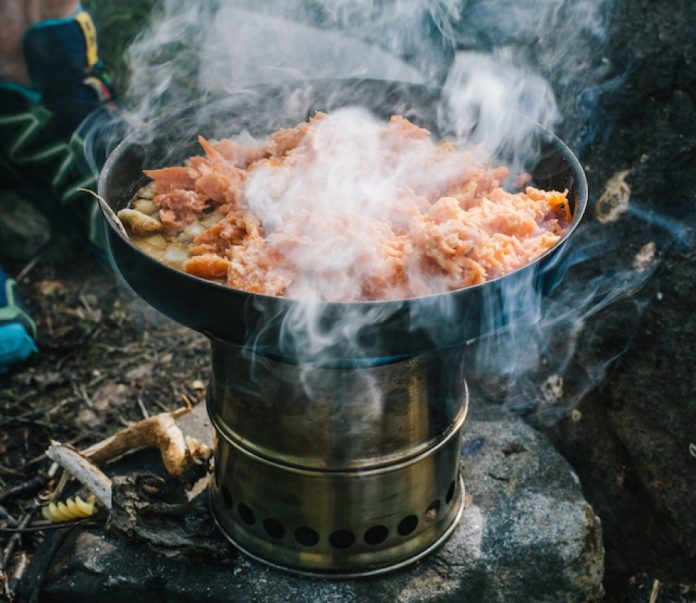
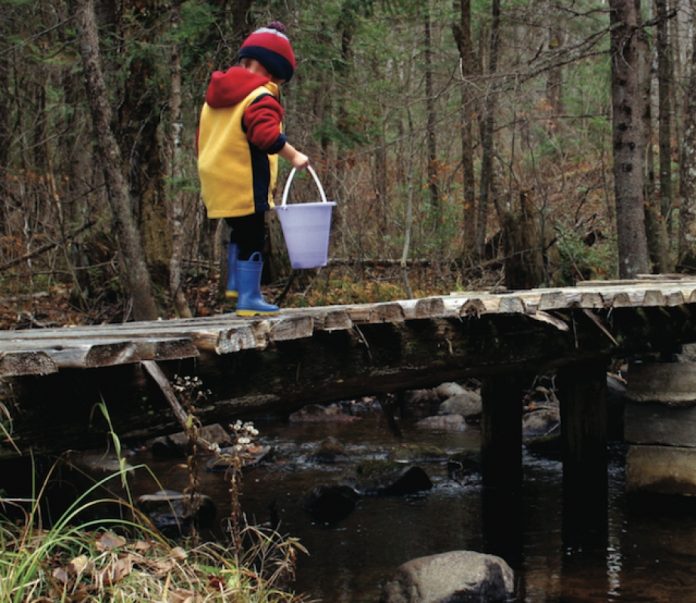

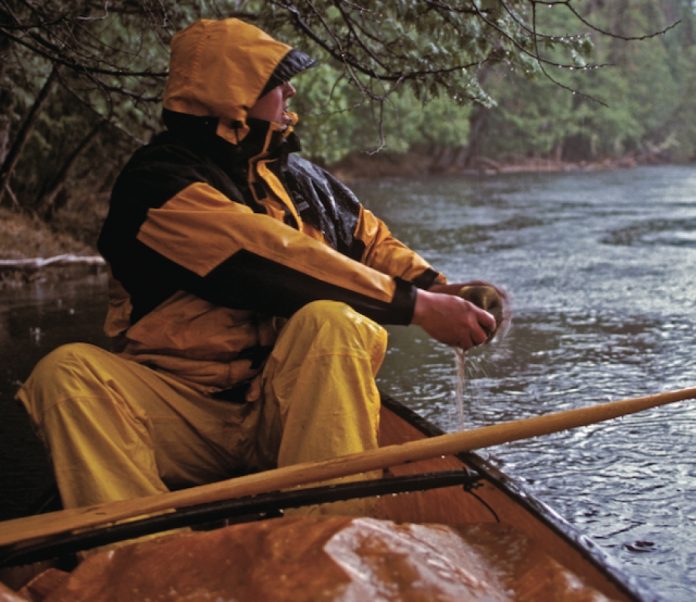
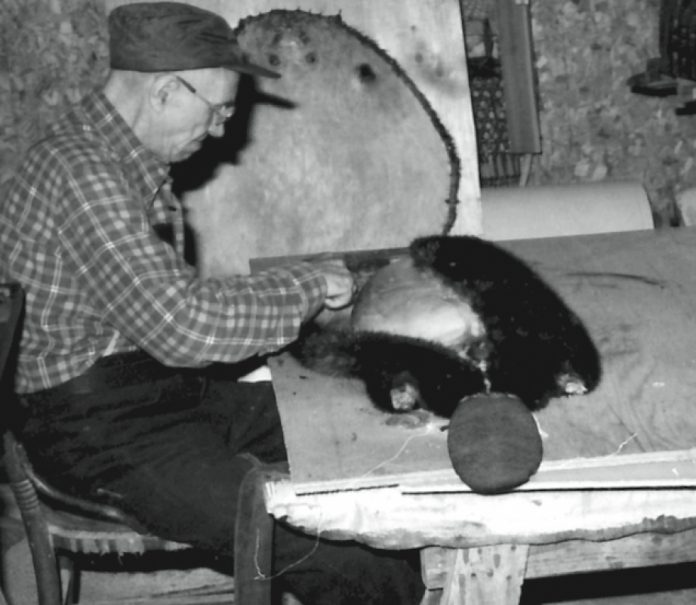
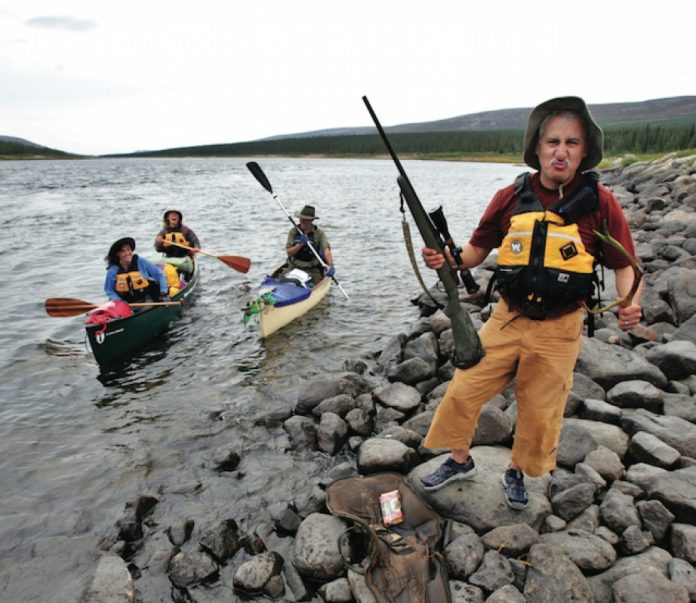
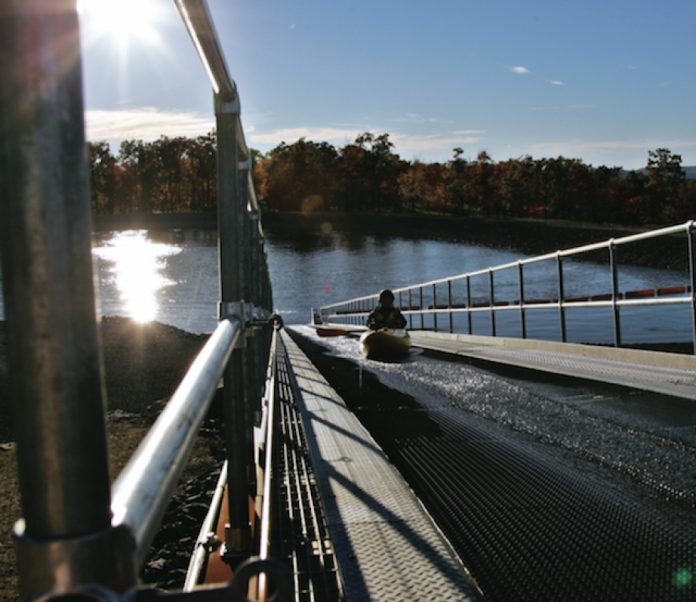
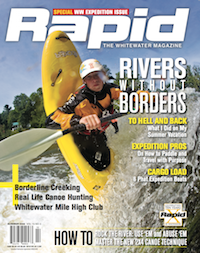 This article first appeared in the Early Summer 2008 issue of Rapid Magazine.
This article first appeared in the Early Summer 2008 issue of Rapid Magazine.